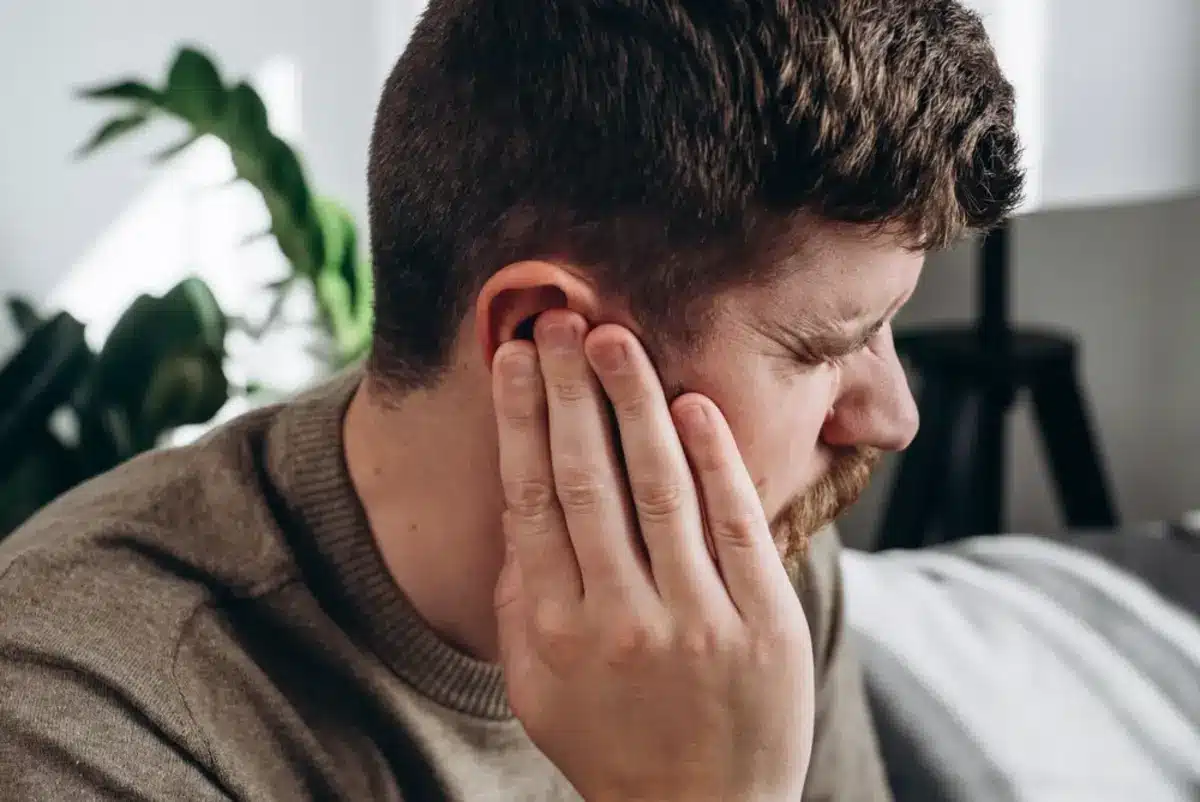
Migraine headaches are a type of recurring headache disorder characterized by moderate to severe throbbing pain, often on one side of the head. They are usually accompanied by other symptoms such as nausea, vomiting, sensitivity to light and sound and, in some cases, visual disturbances known as auras.
Migraines can be debilitating, affecting one’s ability to carry out daily activities and significantly impacting quality of life. While the exact cause of migraines is not fully understood, various factors such as genetics, hormonal changes, certain triggers and changes in brain chemicals have been associated with their development.
Medical marijuana has emerged as a potential treatment option for migraines. The cannabinoids found in marijuana, such as THC and CBD, have shown promise in reducing the frequency and intensity of migraines. These compounds interact with the body’s endocannabinoid system, which plays a role in regulating pain perception and inflammation.

Medical marijuana has been reported to provide relief from migraines by reducing pain, easing nausea, and alleviating associated symptoms. Additionally, certain strains of marijuana with higher CBD content and lower THC content may be particularly effective in managing migraines, as CBD has shown anti-inflammatory and analgesic properties.
However, it is important to consult with a knowledgeable healthcare professional at MMJ Health to determine the appropriate strain, dosage, and administration method for your specific needs. They can provide personalized guidance and ensure that medical marijuana is used safely and effectively to address your migraine symptoms.

Although researchers are still looking into the exact cause of migraines, several factors have been associated with their development. Let’s look into some of the common causes of migraine headaches:
Migraine headaches are not a one-size-fits-all condition, and they can manifest in different ways for different individuals. Understanding the different types of migraines can help in recognizing and managing the specific symptoms experienced. Here are some common types of migraine headaches:

While the specific symptoms can vary from person to person, here are some common signs and symptoms of migraine headaches:
There are several steps that doctors can take when diagnosing migraines. Let’s look into some of them:

While individual preferences and responses may vary, here are some terpenes that are commonly associated with potential benefits for migraine headaches:
This terpene is known for its sedative and muscle-relaxing properties. It may help reduce pain and promote relaxation, which can be beneficial during a migraine attack.
With its citrusy aroma, limonene is believed to have mood-enhancing and stress-reducing effects. It may help alleviate anxiety and tension commonly associated with migraines.
With its citrusy aroma, limonene is believed to have mood-enhancing and stress-reducing effects. It may help alleviate anxiety and tension commonly associated with migraines.
Known for its calming and soothing properties, linalool is often used for its potential to alleviate anxiety and promote relaxation. It may help reduce the intensity and frequency of migraines.
This terpene has a unique floral aroma and may possess sedative and relaxing effects. It may contribute to pain relief and help ease migraine symptoms.
When the medical marijuana doctors at MMJ Health need to choose the best strain for migraine headaches, they consider the cannabinoid and terpene profiles that have shown potential in managing migraine symptoms.
Although individual responses can vary and there is no one-size-fits-all solution for this condition, Critical Mass is a strain commonly reported to be beneficial for migraine headaches. Let’s explore it a little bit to understand how it can help those individuals with this condition:
This potent indica strain is the result of crossing Skunk #1 and Afghani. It’s renowned for its strong analgesic properties thanks to its high THC and CBD levels, thus helping alleviate the pain associated with migraines. It’s also known for its anxiolytic effects, which may contribute to reducing stress and tension. In addition, its sedative effects may be beneficial for migraine sufferers as it may induce comfort and a feeling of relaxation during a migraine attack.
Migraine sufferers have a plethora of online tools to keep track of their migraine episodes and the symptoms that come with them. Some of the best ones are:

In conclusion, if you’re seeking relief from the debilitating effects of migraines, MMJ Health is here to help. With 9 locations in Florida and a team of friendly and knowledgeable staff, MMJ Health is committed to providing the best medical marijuana care in the state. Our experienced doctors understand the challenges of living with migraines and can guide you through the process of exploring medical marijuana as a potential treatment option. Don’t let migraines hold you back any longer – book an appointment with MMJ Health today and take the first step towards finding relief and improving your quality of life.
For those dealing with migraine headaches, the biggest struggle often lies in the disruptive impact these headaches have on daily life. Migraines can be extremely debilitating, causing severe pain, throbbing sensations, and a host of other symptoms that can significantly disrupt one’s ability to work, engage in social activities, or even perform simple daily tasks. The unpredictability of migraine attacks and their potential to last for hours or even days can lead to feelings of frustration, helplessness, and isolation. The quest to find effective treatments and strategies to manage or prevent migraines becomes an ongoing challenge for individuals, as they strive to regain control over their lives and minimize the impact of these debilitating headaches.